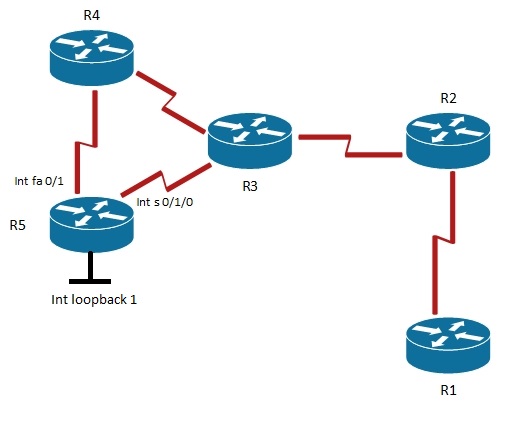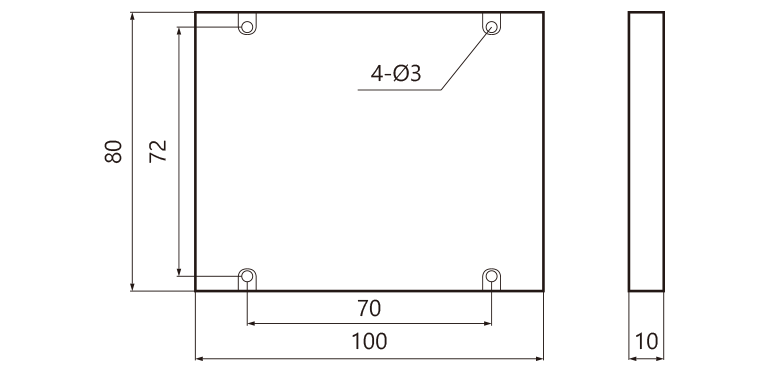
Please support the nixCraft with a PayPal donation or Patreon. The mount command automatically creates a loop device from a regular file if a filesystem type is not specified or the filesystem is known for libblkid, for example: mount /tmp/disk.img /mnt mount -t ext4 /tmp/disk.img /mnt This type of mount knows about three options, namely loop, offset and sizelimit, that are really options to losetup (8). Keeping the site online is challenging, with everyone blocking Ads 😔. nixCraft is a one-person show, and many of you use Adblocker. 🥺 Was this helpful? Please add a comment to show your appreciation or feedback. Join the nixCraft community via RSS Feed or Email Newsletter. He wrote more than 7k+ posts and helped numerous readers to master IT topics. Vivek Gite is the founder of nixCraft, the oldest running blog about Linux and open source. Allow normal user to mount linux partitions, usb stick/pen device.
#Mount loopback device how to
You learned how to use the mount, unmount command and GUI apps for mounting the ISO9660 images or files.
#Mount loopback device full size
To unmount the iso file right click on the device icon in Files (left pane), Right Click and select “ Unmount” option: We need to delete the swap and ext4 partition, then re-create the ext4 partition the full size of the device, then extend the filing system. iso image > Right click > choose Open With Disk Image Mounter option:Ī device icon should appear in the left pane in Files itself and click on it to see files:

You can also use it to manage files on storage devices (like external hard disks, iso images), on file servers, and on network shares. One can use the Files file manager app to browse and organize the files on your computer. View mounted iso image in Ubuntu Linux file manager Mounting ISO Files using Linux Gnome or KDE GUI Verify it with the df command or mount command:Ĭhange directory to list files stored inside an ISO image: # mount -o loop /path/to/disk1.iso /mnt/disk mount point using the mkdir command, run:įinally, use the mount command as follows to mount iso file called disk1.iso: Procedure to mount ISO file/images under Linuxįirst, you must login as a root user, if not root user then switch to root user using the su $ su. Let us see all commands and examples in details. So, how do you mount an ISO image file under Linux? You need to use the mount commandas follows: They appear in the mount point directory using following Linux commands. Mounting a file containing a filesystem via such a loop mount makes the files within that filesystem accessible. Loop devices are often used for CD ISO images and floppy disc images. This can be useful for example to provide a block device for a filesystem image stored in a file, so that it can be mounted with the mount command.Ī loop device is a pseudo-device that makes a file accessible as a block device. The loop device is a block device that maps its data blocks not to a physical device such as a hard disk or optical disk drive, but to the blocks of a regular file in a filesystem or to another block device. Unmount the ISO file using: sudo umount /mnt/iso/.Verify it, run: mount OR df -H OR ls -l /mnt/iso/.




 0 kommentar(er)
0 kommentar(er)
